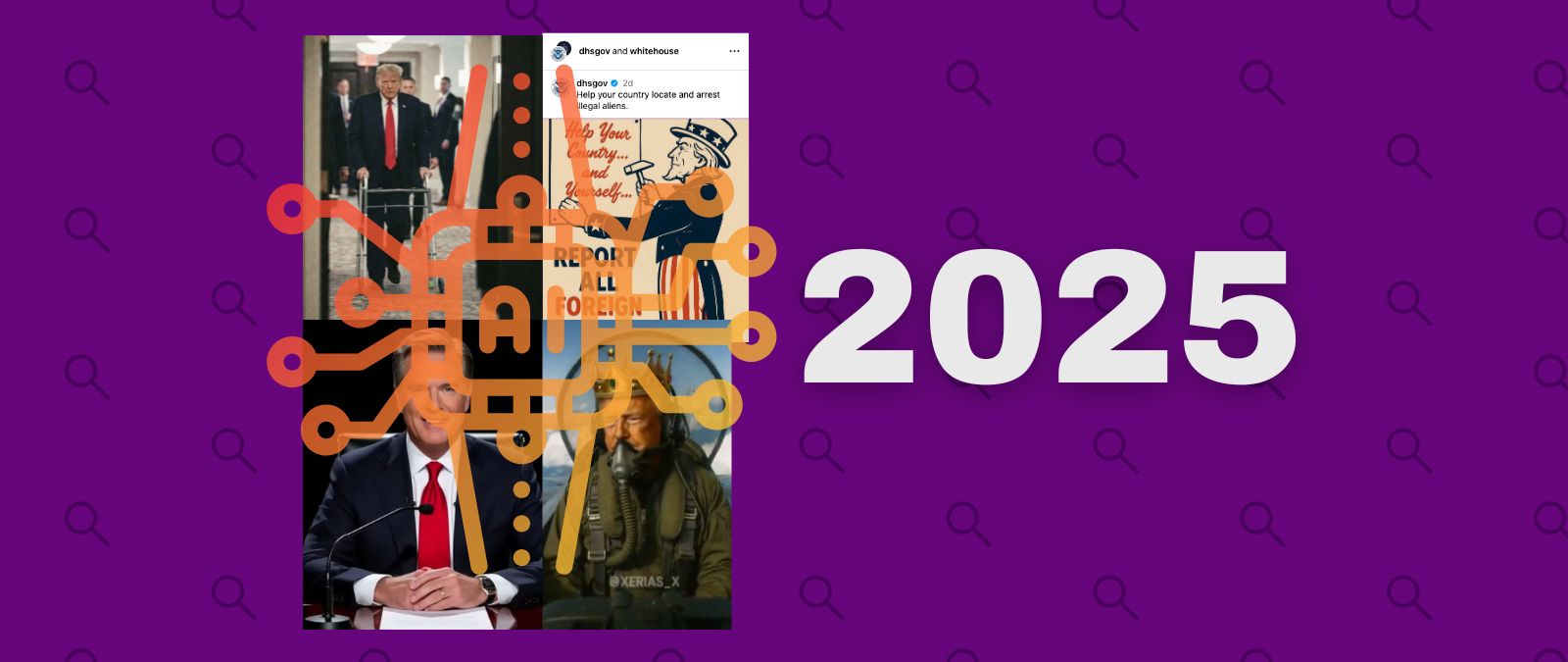Nearly half of the 6.1 million pregnancies that occur in the United States each year are unintended according to the FDA, which is in charge of drug and food control. To try to tackle this problem, the body approved for the first time on July 13, 2023 the sale without a prescription of a contraceptive pill called Opill. Here’s everything we know about it..
How can this measure reduce unwanted pregnancies?
The availability of Opill without a prescription, according to the FDA, can help reduce the number of unintended pregnancies and their potential negative impacts by “reducing barriers to access, allowing people to obtain an oral contraceptive without first seeing a provider.” of medical attention”.
Patrizia Cavazzoni, director of the FDA's Center for Drug Evaluation and Research, says that when all directions are followed, "daily oral contraception is safe." “It is expected to be more effective than currently available over-the-counter methods of contraception in preventing unintended pregnancy,” she adds.
How does Opill work?
Opill was initially approved by the FDA for prescription use in 1973. This oral contraceptive contains the hormone progestin, which helps prevent pregnancy by thickening cervical mucus, preventing ovulation, or both, explains in The Conversation Lucas Berenbrok, an Associate Professor of Pharmacy and Therapeutics at the University of Pittsburgh, and Marian Jarlenski, Associate Professor of Health Policy and Management at the same university.
How effective are these pills and how are they used?
According to clinical trials, if these pills are used properly, they have a 98% effectiveness rate, "meaning that only 2 out of 100 women will become pregnant within a year of use."
These pills must be taken at the same time each day to ensure their effectiveness. This is indicated by the FDA, which points out that there are also some drugs that can decrease its effectiveness. If you have any doubts about whether Opill is right for you, you can consult a healthcare professional.
The agency stresses the importance of "always using backup contraceptive methods, such as condoms, when the person skips or delays taking the daily tablet for more than 3 hours."
When will these pills be available?
The pill's maker, Perrigo, indicates that Opill will most likely be available in stores and online retailers in the United States in early 2024.
How much will they cost?
Perrigo has not specified how much the drug will cost, which is key in determining how many people will be able to use it. Frederique Welgryn, the company's global vice president of women's health, said in a statement that the company is committed to making the pill "accessible and affordable for women and people of all ages."
What side effects can they have?
Like any medicine, Opill has side effects. The most common are irregular bleeding, headaches, dizziness, nausea, increased appetite, abdominal pain, cramps, or bloating (a condition in which the abdomen feels full and tight).
“These side effects are generally mild and often resolve on their own. However, if you experience severe or persistent side effects, it is important to see a doctor," the FDA states.
Who should avoid using them?
People who are already pregnant or who have or have had breast cancer should avoid using these pills, according to the FDA. If you have suffered from any other cancer, it is advisable that you consult a doctor before using them.
In addition, the agency emphasizes that Opill should not be used as an emergency contraceptive - such as a morning after pill - or together with another hormonal contraceptive, such as an oral contraceptive tablet, a vaginal ring, a contraceptive patch, a contraceptive implant, an injection birth control or an IUD (intrauterine device).
Why don't pills protect against sexually transmitted diseases?
Despite the fact that it is a highly effective contraceptive method, the function of the pill is limited to that, to prevent or hinder pregnancy, but it is in no way related to protection against the spread of any sexually transmitted disease ( STDs), such as chlamydia, genital herpes, gonorrhea, human immunodeficiency virus (HIV) and thus acquired immunodeficiency syndrome (AIDS), human papillomavirus (HPV) or syphilis.
The exchange of bodily fluids through sexual contact without using any type of protective barrier is responsible for the spread of these infections. It is also possible that people who suffer from them do not present symptoms and do not know that they have it. Even so they can be affected or be transmitters.
To protect yourself against this type of infection, the most effective and recommended method is to use latex or polyurethane male or female condoms every time vaginal, oral or anal sex is practiced, since this reduces (although in some cases it does not completely eliminate) the possibilities of contagion.
Also avoid sexual acts that could tear the skin, since these cuts, whether they bleed or not, make it easier for pathogens to move from one place to another. Finally, get vaccinated against those that can be prevented, such as hepatitis B or HPV.
Factchequeado is a fact-checking publication that builds a Spanish-speaking community to counter misinformation in the United States. Do you want to be a part? Join and verify the content you receive by sending it to our WhatsApp + 16468736087 or to factchequeado.com/whatsapp.
You can also read:








